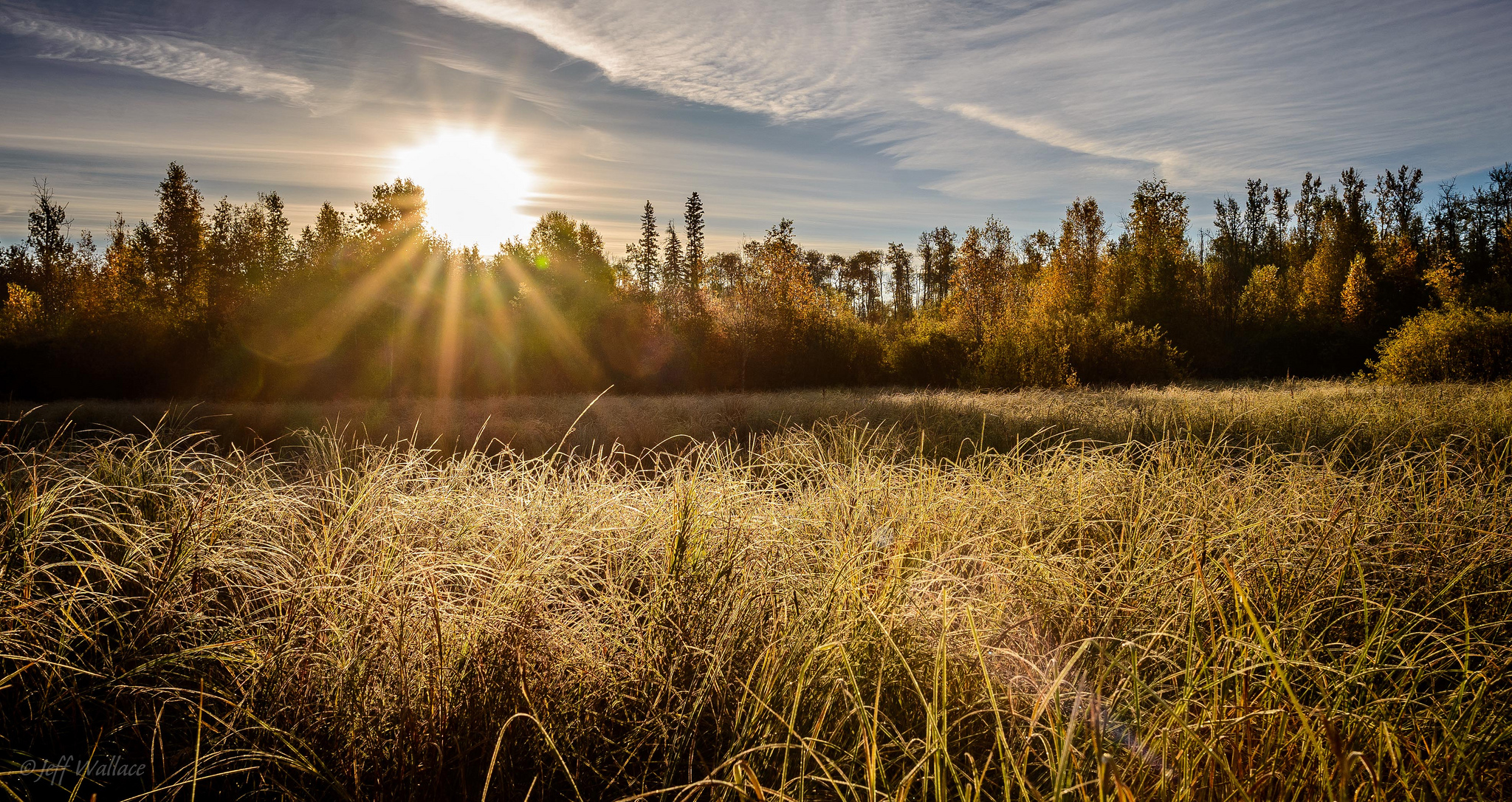Soil as Carbon Storehouse: New Weapon in Climate Fight?
The degradation of soils from unsustainable agriculture and other development has released billions of tons of carbon into the atmosphere. But new research shows how effective land restoration could play a major role in sequestering CO2 and slowing climate change.
In the 19th century, as land-hungry pioneers steered their wagon trains westward across the United States, they encountered a vast landscape of towering grasses that nurtured deep, fertile soils.
Today, just three percent of North America’s tall grass prairie remains. Its disappearance has had a dramatic impact on the landscape and ecology of the U.S., but a key consequence of that transformation has largely been overlooked: a massive loss of soil carbon into the atmosphere. The importance of soil carbon — how it is leached from the earth and how that process can be reversed — is the subject of intensifying scientific investigation, with important implications for the effort to slow the rapid rise of carbon dioxide in the atmosphere.
The world’s cultivated soils have lost 50 to 70 percent of their original carbon stock.
According to Rattan Lal, director of Ohio State University’s Carbon Management and Sequestration Center, the world’s cultivated soils have lost between 50 and 70 percent of their original carbon stock, much of which has oxidized upon exposure to air to become CO2. Now, armed with rapidly expanding knowledge about carbon sequestration in soils, researchers are studying how land restoration programs in places like the former North American prairie, the North China Plain, and even the parched interior of Australia might help put carbon back into the soil.
Absent carbon and critical microbes, soil becomes mere dirt, a process of deterioration that’s been rampant around the globe. Many scientists say that regenerative agricultural practices can turn back the carbon clock, reducing atmospheric CO2 while also boosting soil productivity and increasing resilience to floods and drought. Such regenerative techniques include planting fields year-round in crops or other cover, and agroforestry that combines crops, trees, and animal husbandry.
“CO2 cannot be reduced to safe levels in time to avoid serious long-term impacts unless the other side of atmospheric CO2 balance is included,” says Thomas J. Goreau, a biogeochemist and expert on carbon and nitrogen cycles who now serves as president of the Global Coral Reef Alliance.

